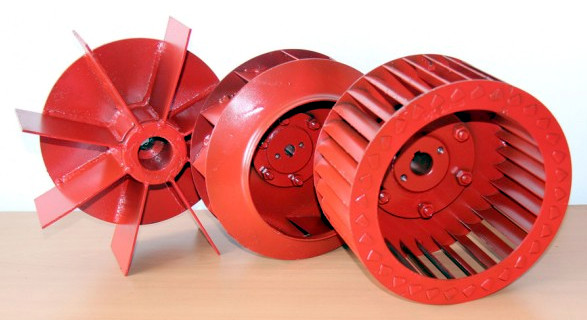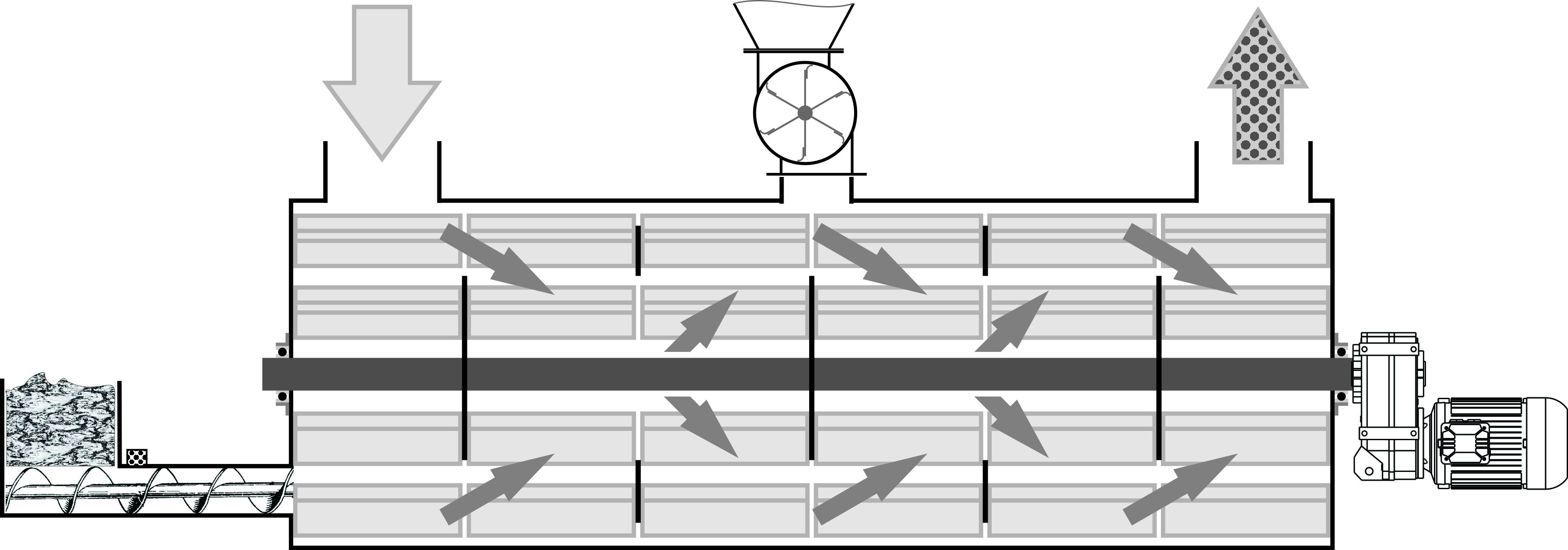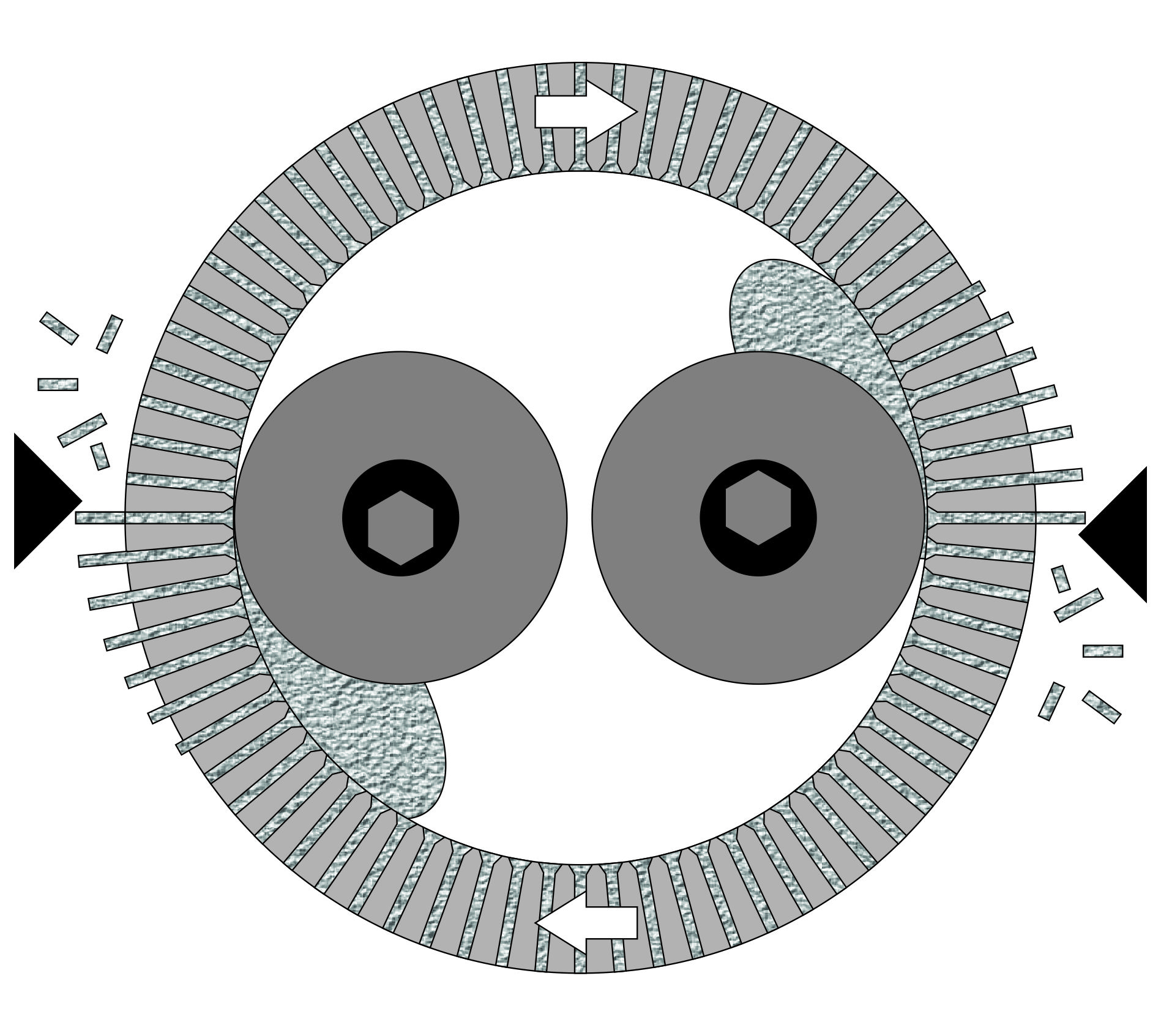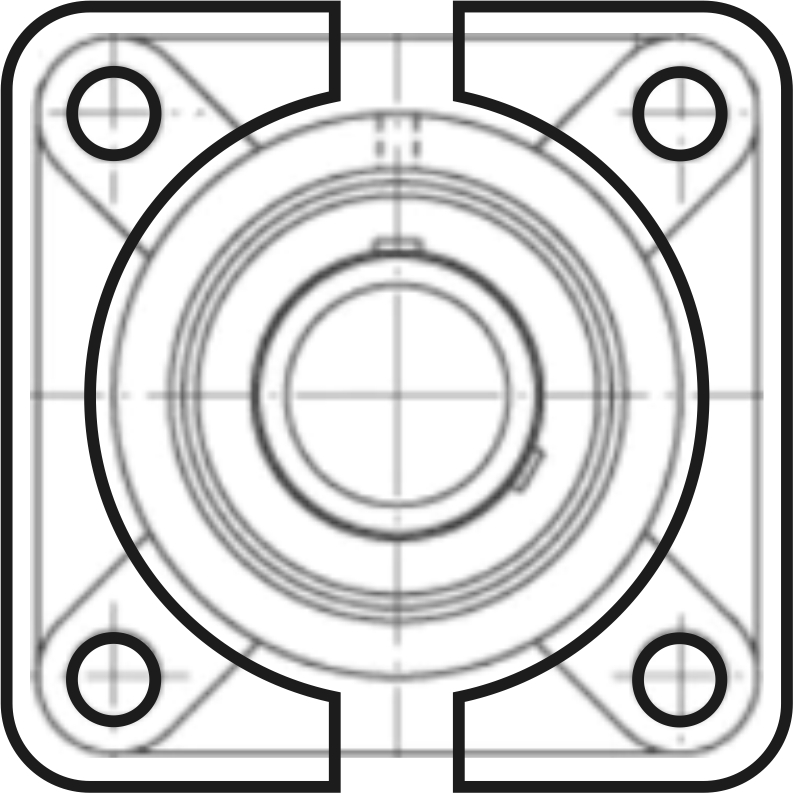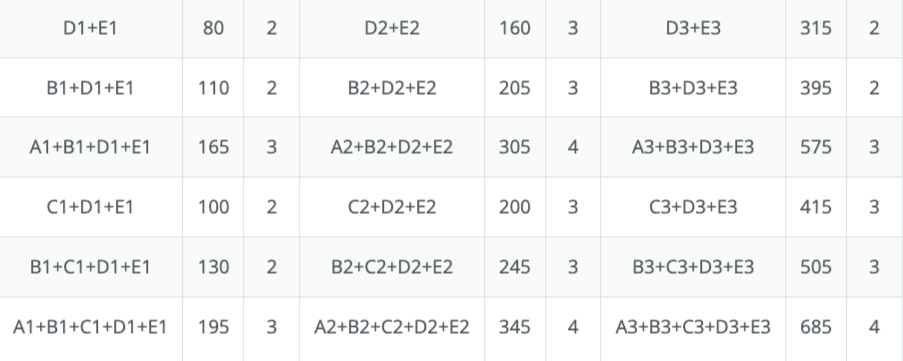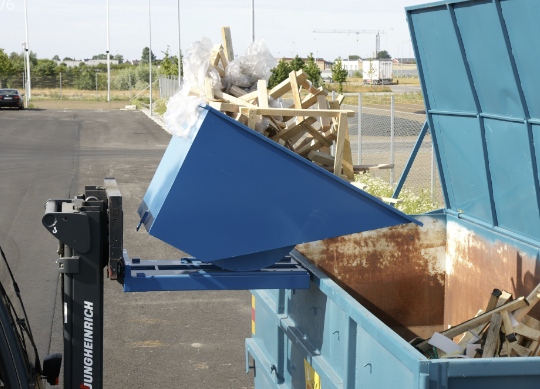The first priority advice is to read the instructions. Before any machinery even arrives, it is essential to study all the technical documentation. For some plants, the amount of paperwork can be measured in cubic meters, so it's advisable to sort through the documents immediately, skim through them, and make notes on where important information can be found. For this, you should prepare different colored sticky notes and a separate notebook with pages divided according to different stages of assembly, connection, startup, and maintenance.
A small trick when connecting all three-phase drives is to determine the rotation direction and note the phase connection order. Typically, the vast majority of motors rotate in one direction. Several drives in the pelletizing line that rotate in reverse connect with a different phase sequence. A test run of a small drive to check its direction is usually enough. If it rotates the wrong way, it's easier to swap two cables on the main panel than to rewire a dozen motors scattered across the shop floor.
It is also crucial to be equipped with smartphones and powerful standalone flashlights, ensuring the smartphones have sufficient memory cards to take photos and videos of all work, documenting any understandable or puzzling moments. The setup process, photo and video documentation of damage, and questions for manufacturers and technicians should all be stored in a unified cloud archive with pre-created folders for plant sections, types of work, and dates. When warranty issues arise months later, this will provide reference points to see conditions at startup. Also, when there's a long interval between maintenance and staff changes, photos and videos serve as training materials. At the end of installation before the first startup, conduct a full photo shoot of the entire plant while it is still clean and dust-free. This is useful not only for promotional materials but also as an example of cleanliness and order to be maintained.
Every equipment manual includes a page on the rigging diagram for unloading. Machines are not designed for road transport, and their internal structure is highly non-uniform, often causing their center of gravity to shift significantly. Incorrect rigging can lead to the machine tipping and falling, damaging itself and posing a risk to personnel. Additionally, low-skilled riggers often attach to shafts, guard covers, and other unsuitable elements, resulting in damage to seals and deformation of engine fan grills, leading to issues that cannot be repaired or replaced under warranty. Also, at least by phone, get a brief instruction from the manufacturer for each piece of equipment and take notes. For example, a rotary dryer requires that the lock on the bearing opposite the drive side be loosened. This allows the shaft to move freely out of the bearing as it heats and expands. Otherwise, one of the bearings will seize and break during the first startup and heating of the dryer.
Before starting any work at the site, a complete walkthrough is mandatory. It's important to clarify the order of operations and conduct a brief meeting with foremen to coordinate actions. This not only accelerates the work but also significantly reduces the danger of workplace injuries. It is important to avoid doing incompatible tasks in one area, such as connecting equipment while simultaneously testing it. Sooner or later, something will be turned on that is still being worked on.
The order of instructions does not align with the order in which raw materials pass through the line, but the most important and meticulous work is prioritized first to avoid stalling the process in the future.



